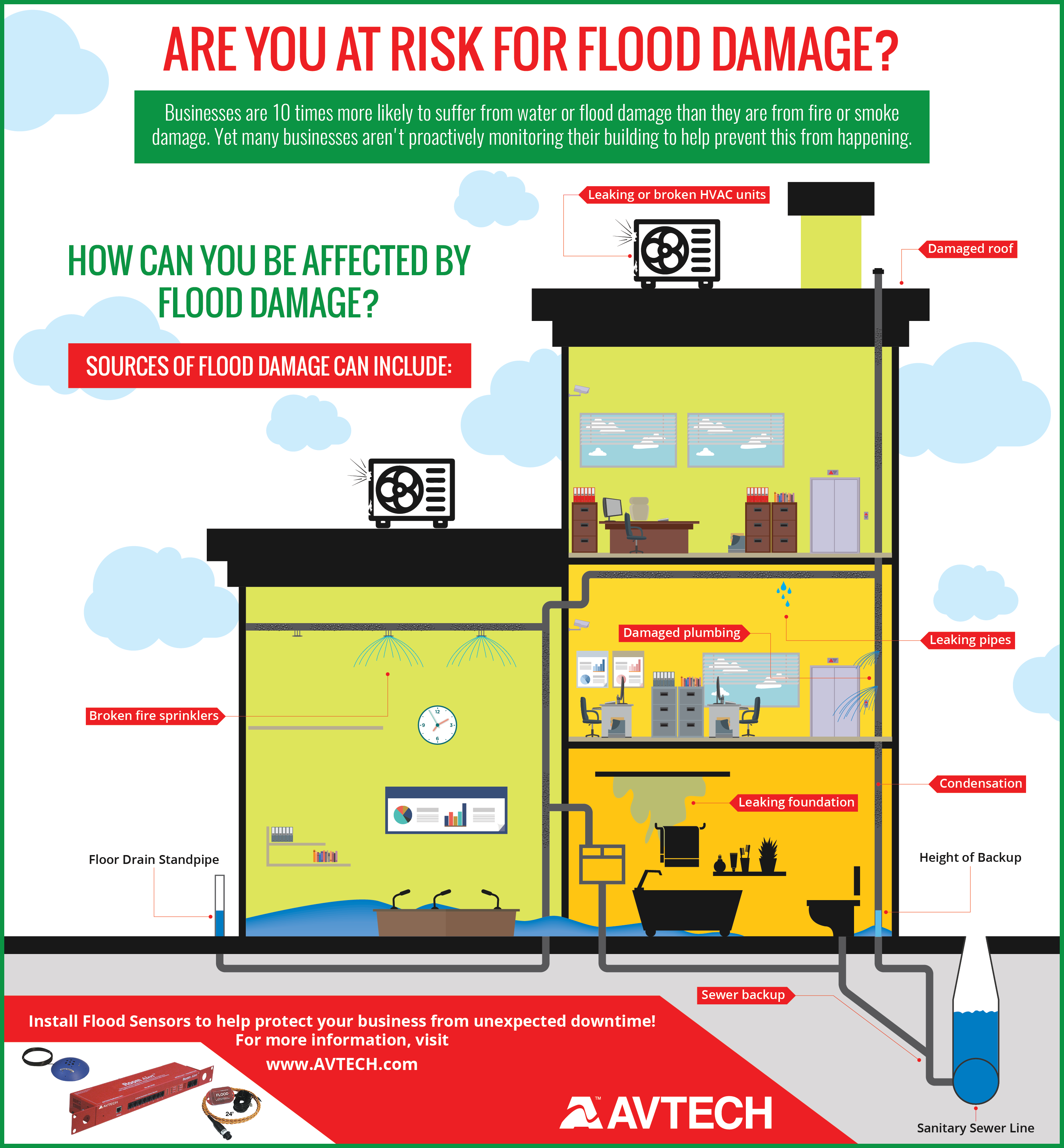The Evolution Of Solar Power: Assumptions For The Sector In The Upcoming Years
The Evolution Of Solar Power: Assumptions For The Sector In The Upcoming Years
Blog Article
Team Writer-Borregaard Rasch
As you contemplate the future of solar energy, visualize a landscape where technology and sustainability merge. The coming years hold the assurance of considerable improvements in solar modern technology, reshaping the industry as we know it. With efficiency gains and price decreases on the horizon, the capacity for solar power to transform our energy landscape is immense. Remain tuned to uncover exactly how these developments will form the future of renewable resource and push us in the direction of a greener tomorrow.
Technical Advancements in Solar Panels
Solar panels have seen amazing technical developments in the last few years. One considerable renovation is the rise in effectiveness, enabling photovoltaic panels to transform sunlight into electrical power more effectively. This has actually been achieved via advancements in materials and layout, making solar power an extra sensible and competitive choice for renewable energy resources.
Another vital development is the reduction in costs associated with production and mounting photovoltaic panels. As technology has advanced, manufacturing procedures have actually become extra streamlined, leading to reduced prices for customers. Additionally, the sturdiness and life expectancy of solar panels have boosted, making them a much more sustainable and long-lasting investment.
Innovations in energy storage innovation have actually additionally played an essential function in enhancing the performance of solar panels. Batteries and various other storage solutions have ended up being extra reliable and cost effective, enabling customers to save excess power produced throughout the day for usage during the night or throughout periods of reduced sunlight.
Increased Adoption in Numerous Industries
With the demand for lasting power solutions growing, various markets are significantly integrating solar power systems right into their procedures. Companies in industries such as production, agriculture, and transport are leveraging solar power to reduce their carbon impact and operating costs.
In manufacturing, https://10000wattsolarsystem23220.blogrelation.com/36338051/maximizing-your-renewable-resource-approaches-for-an-affordable-photovoltaic-panel-configuration are being mounted on roofs to power equipment and lights, leading to considerable financial savings on power costs. Farming is likewise accepting solar power by utilizing it for irrigation systems and powering ranch equipment, consequently cutting down on typical fuel expenditures. In addition, the transport industry is embracing solar modern technology for charging electrical automobiles and illuminating car park.
The pattern of increased fostering of solar energy throughout sectors is driven by the wish to be much more eco-friendly and decrease dependence on non-renewable energy resources. As solar innovation remains to advance and become more economical, we can anticipate to see also more comprehensive combination of solar power systems in numerous markets in the coming years.
Policy Changes Driving Solar Growth
Accepting renewable resource resources is vital for sustainable advancement in today's world. tesla solar installers near me play a substantial function in driving the growth of solar power. Governments worldwide are executing numerous measures to advertise the fostering of solar energy. Motivations such as tax credit ratings, refunds, and feed-in tariffs urge people and services to invest in solar innovation.
In addition, regulations mandating a specific percentage of power ahead from eco-friendly sources press energy companies to include even more solar into their energy mix. Moreover, plans concentrating on internet metering permit solar individuals to market excess electrical energy back to the grid, making solar installations more financially practical.
In some regions, sustainable profile requirements need a certain section of electrical energy to be generated from solar power, creating a steady demand for solar energy. These policy changes not just drive the development of the solar sector but additionally contribute to reducing carbon emissions and combating environment adjustment. By residential roof solar panels and executing such policies, federal governments can speed up the shift to a more lasting power future.
Conclusion
Finally, the future of solar energy looks brilliant with recurring technical innovations, boosted fostering throughout markets, and encouraging policy changes. With higher effectiveness degrees, minimized costs, and enhanced energy storage solutions imminent, solar energy is set to play an essential role in the international transition to a cleaner and much more sustainable energy future. Embrace the possibility of solar energy and be a part of the renewable resource revolution!
